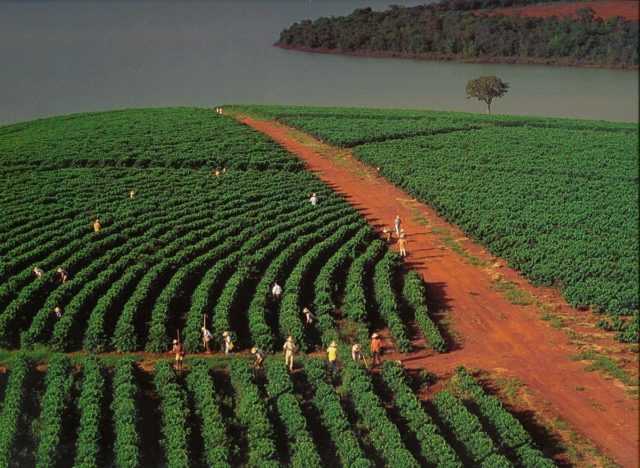PIRACICABA, SP, Brazil – Rains in early October were enough to stimulate flower blooming at arabica coffee crops in most producing regions surveyed by Cepea.
Flowering events were highly expected by the sector, since the first flowers, which opened earlier in late August, were damaged by the dry weather in September.
Flower buds had been reported in most regions surveyed by Cepea and the blooming occurred in the first week of the month in southern Minas Gerais and Cerrado Mineiro. In general, agents have reported a significant and uniform blooming.
In northwestern Paraná and Zona da Mata, in Minas Gerais, the events may take longer to occur. In northwestern PR, Cepea collaborators have reported that the flower buds are developing well, but mild temperatures early in the month delayed blooming, which should happen as temperatures rises.
In Zona da Mata, however, agents have noticed that rains were not enough for the complete flowering development.
In the spot market, despite the recovery of the international and domestic prices in the first week of the month, great expectations of the sector for flowering events in Brazil kept agents away from the market, which reduced liquidity.
On October 13, the CEPEA/ESALQ Index of arabica type 6, hard cup or better (delivered in São Paulo city), closed at 444.54 BRL (141.08 USD) per 60-kilo bag, 0.9% down compared to that on September 29.
Robusta
In Espírito Santo, rains in early October favored robusta trees, helping flower settlement and fruitlets development. In Bahia and Rondônia, crops are at the flower bud stage, and weather continues favoring production. In the spot market, sellers remained retracted in the first fortnight of October and trades were at a slow pace. On October 13, the CEPEA/ESALQ Index of robusta type 6, screen 13, Espírito Santo State, closed at 383.88 BRL (121.83 USD) per 60-kilo bag, 3.1% down compared to that on September 29.


















